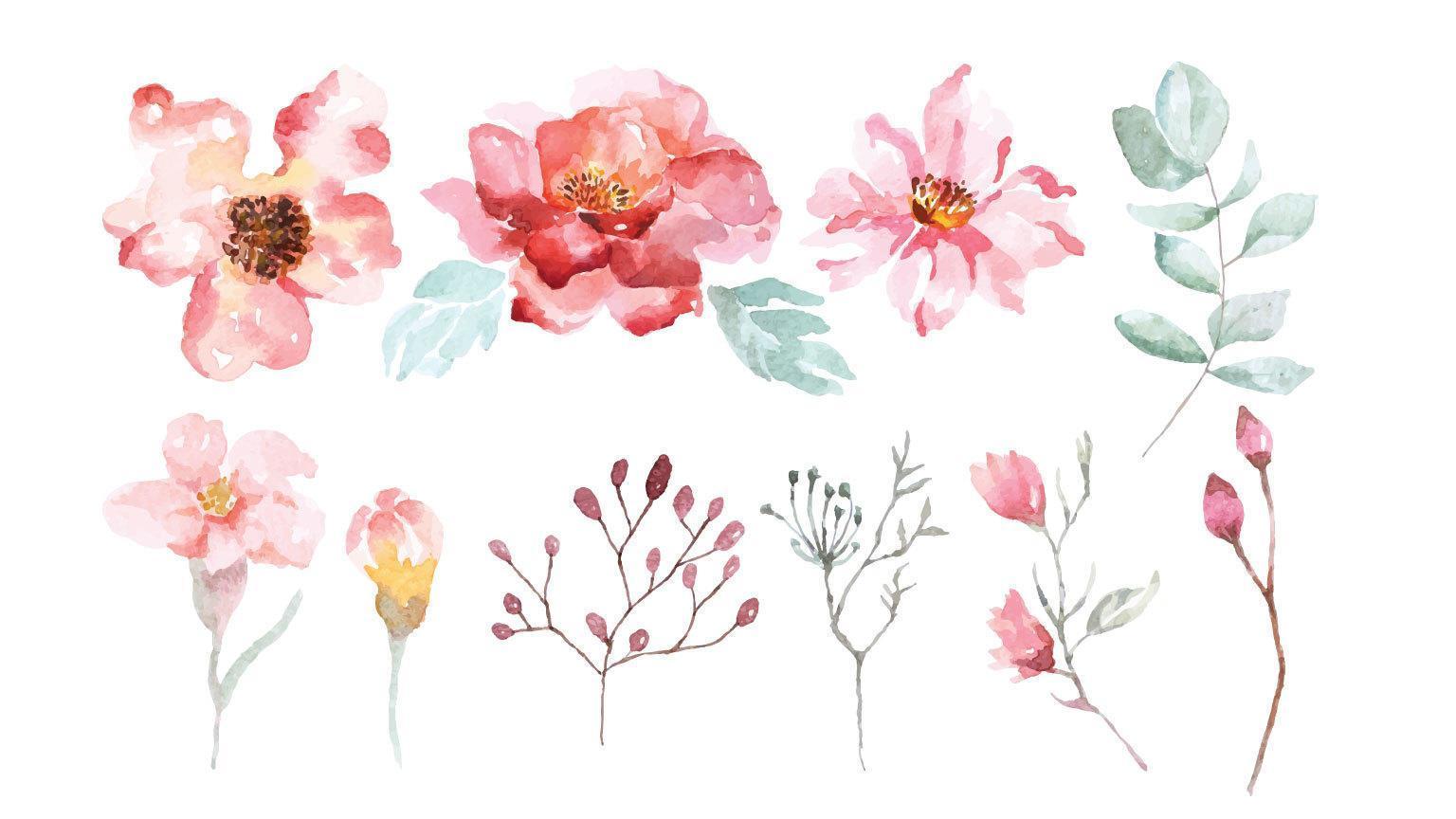Introduction
Welcome to the enchanting world of watercolor flowers, where artistry meets nature’s beauty. Watercolor painting, with its fluidity and transparency, offers a unique way to capture the delicate intricacies of flowers. Whether you’re a seasoned artist or a beginner dipping your brush into the colorful palette of possibilities, this guide will help you unlock the secrets to creating stunning floral masterpieces.
Understanding Watercolor Painting
Watercolor painting is a versatile medium that relies on the interaction of water and pigment to create breathtaking works of art. The key to success lies in understanding the materials and techniques involved. High-quality paints, brushes, paper, and a palette are essential tools for any watercolor artist. Experimentation with techniques like wet-on-wet, wet-on-dry, dry brushing, and glazing allows for endless creativity and expression.
Getting Started with Watercolor Flowers
Embark on your floral painting journey by selecting the right flowers to paint and gathering reference images for inspiration. Understanding the anatomy of flowers will help you accurately capture their essence on paper. Begin with a basic sketch, focusing on composition and proportions. Don’t be afraid to let your imagination bloom as you sketch, adding your own unique twist to each floral arrangement. When it comes to mixing colors, remember to explore the nuances of hue, saturation, and value to achieve lifelike blooms.
Painting Different Types of Flowers
Roses, sunflowers, tulips – each flower presents its own set of challenges and opportunities for artistic expression. Dive into the world of roses, mastering the intricate layers of petals and subtle gradations of color. Capture the boldness of sunflowers with vibrant yellows and rich textures. Tulips offer a chance to play with shape and form, creating dynamic compositions with varying heights and angles. Through step-by-step guides and expert tips, you’ll learn how to breathe life into each flower, one brushstroke at a time.
Enhancing Your Floral Paintings
Elevate your floral paintings by adding background elements and other decorative touches. Consider the mood and atmosphere you want to convey – a soft, muted background can enhance the beauty of delicate flowers, while a bold, vibrant backdrop can make them pop off the page. Don’t forget to include other elements like vases, jars, or foliage to complete the scene. Experiment with different techniques to create depth and dimension, from subtle washes to intricate details.
Advanced Techniques and Tips
For those seeking to push the boundaries of their skills, advanced techniques offer new avenues of exploration. Learn how to create realistic water droplets on petals, adding a touch of magic to your floral compositions. Experiment with masking fluid to preserve intricate details and create stunning highlights. Explore the possibilities of mixed media, combining watercolor with ink, pastels, or even collage for truly unique works of art. And don’t be afraid to embrace negative painting techniques, using the space around the flowers to define their shape and form.
Troubleshooting Common Issues
Every artist encounters challenges along the way, but with a bit of knowledge and perseverance, you can overcome them. Muddy colors can be avoided by carefully controlling the amount of water and pigment on your brush. Mistakes happen – embrace them as learning opportunities and don’t be afraid to experiment with different techniques for correction. To prevent paper warping and buckling, use high-quality watercolor paper and stretch it before painting to ensure a smooth surface.
Finding Inspiration and Developing Your Style
Drawing inspiration from nature and everyday life is essential for fueling your creativity as an artist. Take time to observe the beauty of flowers in their natural environment, noting the intricate details and subtle variations in color. Explore different artistic styles and techniques, from loose and impressionistic to detailed and realistic. Ultimately, your style will emerge from a combination of influences, experiences, and personal preferences – embrace it and let your unique voice shine through in your work.
Showcasing Your Work and Getting Feedback
Sharing your artwork with others can be a rewarding experience, whether it’s through social media, online communities, or local exhibitions. Don’t be afraid to put yourself out there and share your creations with the world. Seek feedback from fellow artists and enthusiasts, using constructive criticism to fuel your growth and development. Remember, every painting is a stepping stone on your artistic journey – embrace the process and celebrate your progress along the way.
Conclusion
As you embark on your journey into the world of watercolor flowers, remember that the beauty lies not only in the finished artwork but in the process of creation itself. With patience, practice, and a willingness to experiment, you’ll discover the joy of bringing nature’s beauty to life on paper. So pick up your brushes, immerse yourself in the vibrant colors of the palette, and let your imagination blossom. Happy painting!


